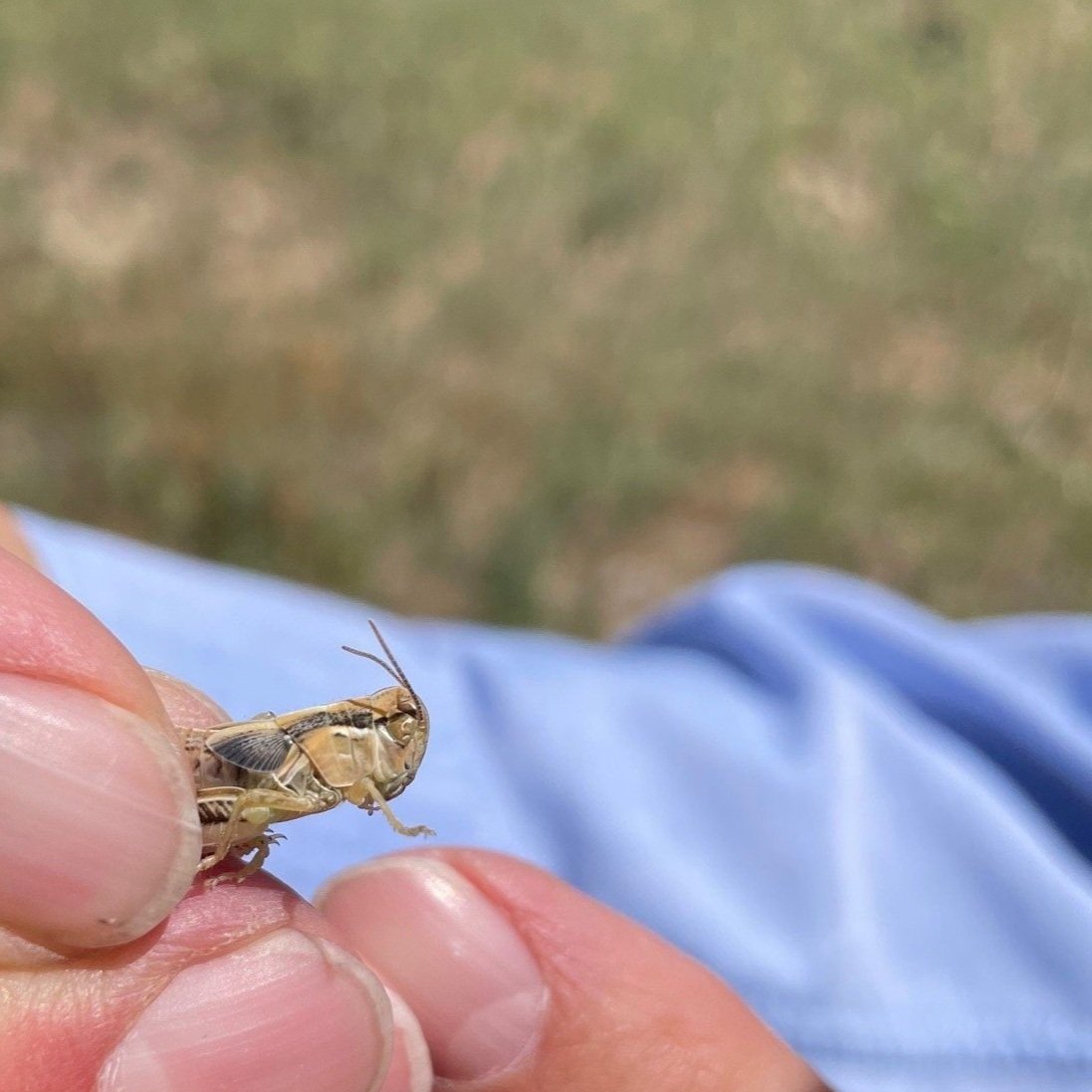GRasshopper / mormon cricket FAQs
Idaho In Action / Grasshopper and Mormon Cricket Control / FAQs
Why Does idaho have a grasshopper/mormon cricket control program?
Who qualifies for assistance?
What defines agricultural use land?
What can you do to mitigate infestations on your land if you don’t qualify for our assistance program?
What type of assistance is offered?
Can I receive Carbaryl insecticide bait if I am anticipating to see an infestation on my property?
How do I receive insecticide reimbursement assistance?
I was approved for an insecticide reimbursement, now what?
What do I need to submit to receive my reimbursement?
When should I expect to receive my reimbursement?
Why Does idaho have a grasshopper/mormon cricket control program?
Idaho agriculture is the single largest contributor to Idaho’s economy, accounting for 18% of Idaho’s total economic output. Idaho’s 25,000 farms and ranches produce more than 185 different commodities, and we’re ranked in the top 10 in the U.S. for production of more than 25 crops and livestock.
Since both grasshopper and Mormon cricket populations can reach outbreak levels that cause significant harm to Idaho’s agriculture, it is necessary to mitigate damages caused by these species in order to protect Idaho’s agriculture industry.
Who qualifies for assistance?
This program offers assistance to agricultural producers who manage at least 5 acres of private or state owned agricultural use land in Idaho. Additionally, producers must be actively experiencing infestations of grasshoppers or Mormon crickets that meet or exceed the economic threshold of 8 grasshoppers or 3 Mormon crickets per square yard.
What defines agricultural use land?
For the purposes of our program, agricultural use land is defined as cropland, rangeland, or pasture that is used by an agricultural producer as part of a farm or ranch business. Pastures for pets or hobby animals, structures, lawns, flower beds, personal gardens, etc. are not considered agricultural use land.
What can you do to mitigate infestations on your land if you don’t qualify for our assistance program?
We recommend contacting a local crop advisor or chemical supplier to receive guidance and recommendations on the appropriate insecticide and proper application methods for your unique situation.
What type of assistance is offered?
ISDA may distribute 5% Carbaryl insecticide bait to qualifying ag. producers free of charge. It is the producers responsibility to apply the bait and follow label directions as well as all state and federal laws in storing and applying insecticide. In cases where insecticide bait is not the optimal treatment, ISDA will offer a reimbursement of preapproved insecticide and any required adjuvants. ISDA will not reimburse for any application costs. The producer will be responsible for all application and pilot fees.
Can I receive Carbaryl insecticide bait if I am anticipating to see an infestation on my property?
No. ISDA can only offer assistance to those ag. producers who are actively experiencing grasshopper or Mormon cricket infestations that meet or exceed the economic threshold.
Reimbursement FAQs
How do I receive insecticide reimbursement assistance?
To receive any type of assistance, ag. producers must submit a Request for Assistance AND qualify for the assistance program. Qualification guidelines are listed above in the “Who qualifies for assistance” section. Once the Request for Assistance is received, ISDA will contact the producer to schedule a time to evaluate the property and determine the most effective control method.
If ISDA approves a producer for an insecticide reimbursement, prior to purchasing or applying any chemicals, they must submit a chemical quote for the chosen insecticide/adjuvants to be purchased. Please note that to be eligible for reimbursement, the chosen pesticide MUST include the crop(s) that will be treated on the label.
I was approved for an insecticide reimbursement, now what?
Once ISDA has approved the estimate for the chosen insecticides/adjuvants, ag. producers may purchase and apply the pesticides per the label directions.
What do I need to submit to receive my reimbursement?
Ag. producers have 45 days, from the day the insecticides were applied, to submit the required documents. The required documents include:
Written request (email is OK) which includes:
a. Exact dollar amount being requested for insecticide reimbursement
b. Name of all insecticides/adjuvants used for control of grasshoppers/Mormon crickets
c. Crop in which insecticide was applied to
d. Total acreage treated (Must match the acreage ISDA approved)
Invoice showing the quantity and cost of insecticide/adjuvants purchased AND that the amount has been paid in full
*If the invoice amount is different than the amount requested, an explanation is required
Map of the area treated
Completed and signed W-9 (https://www.irs.gov/pub/irs-pdf/fw9.pdf)
**Failing to submit the required documentation within 45 days of the insecticide application may result in ineligibility of reimbursement.
When should I expect to receive my reimbursement?
Reimbursements are processed once all of the required documents have been received and reviewed. Incomplete or missing documents will result in a delayed reimbursement. Once all documents have been received, producers should expect to see the reimbursement within 30 days.



